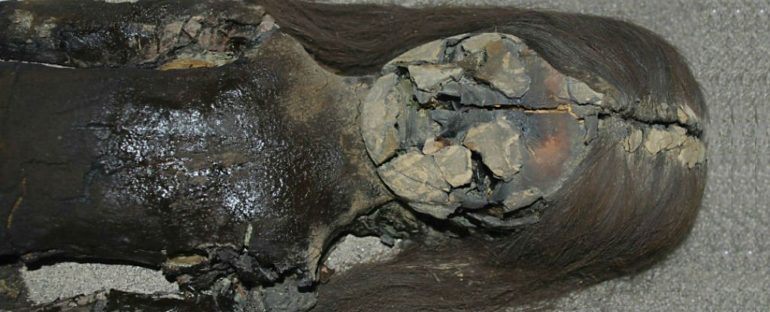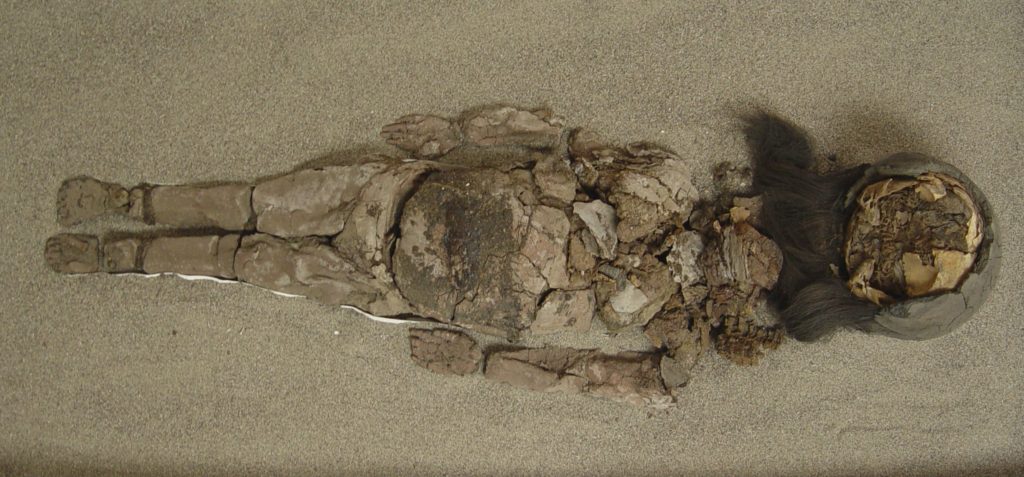Over the past century, archaeologists have unearthed more than three hundred mummies in the coastal areas of Southern Peru and Northern Chile. The mummies range from fully grown adults to babies.
But due to the increasingly humid climate in those areas, the mummies are decomposing into black goop. The reason is the bacteria living off the bodies and experts don’t know how to arrest this process.
1000-Year-Old Chinese Mummy Gets CT Scan In Amersfoort.
Over a hundred bodies have been affected in this manner and in an effort to get some help, authorities in those areas have sent an application to UNESCO. They are seeking to have these areas officially acknowledges as world heritage sites.
Hoping that the acceptance of the application will throw these mummies into the limelight. They need more researchers with knowledge of superior methods and tools to execute them.
These are the most ancient mummies that have been discovered so far with some of the bodies being mummified over seven thousand years ago. These bodies belong to the Chinchorros who were well aware of the process of mummification. Just a couple thousand years before the Egyptians started doing it.
Unlike Egypt where only the rich were mummified, here, there seems to have been no discrimination on the lines of age or class. This suggests a society based on equality and democracy.
According To The Ancient Egyptians, THIS Is The Key To Immortality!
Researchers believe that this process began because the water they used for drinking was poisonous from the volcanoes around the site. This conclusion is based on the high levels of arsenic found in the bodies. This also explains the mummification of unborn fetuses as arsenic can cause miscarriages and is fatal to infants.
It also looks like the practice began because of the grief caused by the death of the children and then extended to grown-ups. The earliest mummies discovered are of infants. They were remarkably intact because of the extremely dry weather of the Atacama Desert where many areas haven’t seen rainfall in centuries.
The modern bacteria that live on human skin degrade the mummies. There has been no response to their application so far but experts are still holding out hope that they will be able to preserve these mummies.










